Emperor Trajan, who ruled from 98 to 117 CE, is often heralded as one of Rome’s most capable and successful rulers. His reign marks a significant era in Roman history, characterized by territorial expansion, infrastructural advancements, and social welfare initiatives. Trajan’s leadership not only extended the empire’s boundaries but also enhanced its prosperity and stability.
His military campaigns, particularly in Dacia, and his extensive public works projects, such as the renowned Trajan’s Column, underscore his commitment to Rome’s growth and cultural heritage. As we delve into Trajan’s life and achievements, we aim to explore the profound impact of his rule on the Roman Empire and its enduring legacy.
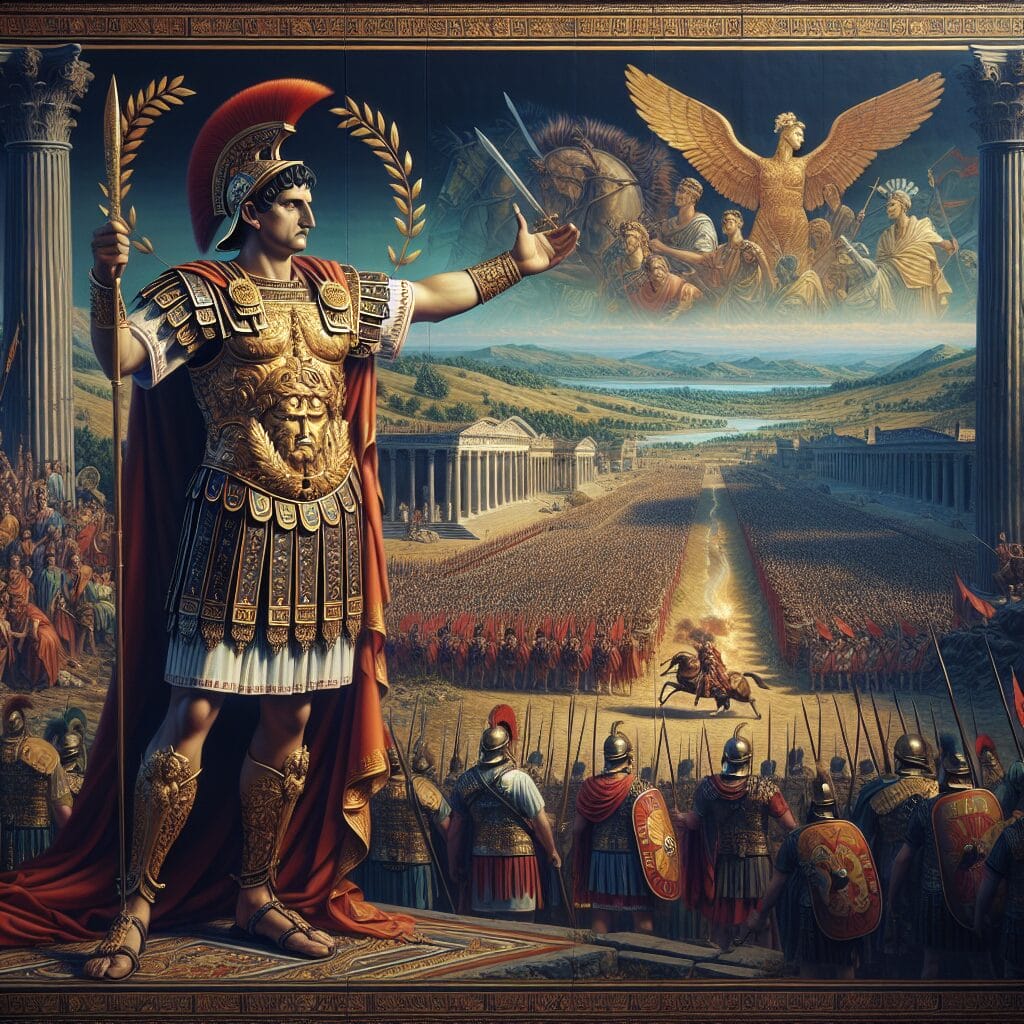
The Rise of Trajan
Trajan, born in the Roman province of Baetica (now modern-day Andalusia, Spain), hailed from a family with a strong imperial lineage. His father was the first in their family to serve in the imperial administration, which set the stage for Trajan’s future endeavors. Trajan’s early career was marked by a robust military background, where he honed his leadership qualities and strategic acumen.
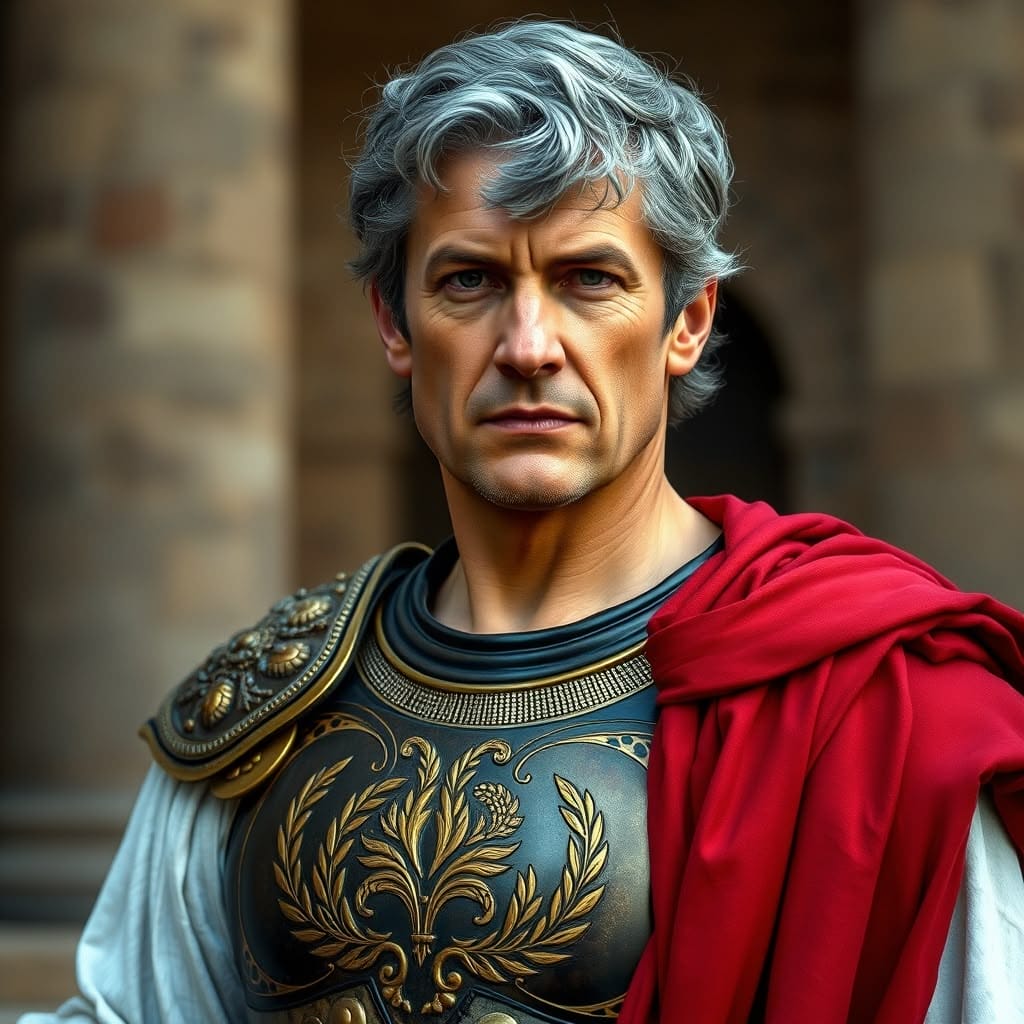
His ascent to power was significantly bolstered by his adoption as heir by Emperor Nerva, a move that indicated Trajan’s popularity among the Senate and the military alike. Upon Nerva’s death, this support was crucial in securing his position as emperor. Trajan’s leadership style was characterized by pragmatism and a fair treatment of both the military and the Senate, establishing a stable and respected rule.
His adeptness in military command and governance not only facilitated his rise but also laid the groundwork for his subsequent achievements. Under Trajan’s leadership, the Roman Empire expanded its boundaries, thus marking a period of prosperity and growth for Rome.
Military Conquests and Expansion
Emperor Trajan is celebrated for his ambitious military campaigns, which significantly expanded the Roman Empire’s frontiers. His strategic approach to territorial expansion was rooted in decisive and well-planned military operations. Trajan’s most notable campaigns include the Dacian Wars, where he successfully annexed Dacia, thereby securing valuable resources and establishing a defensive buffer against nomadic threats.
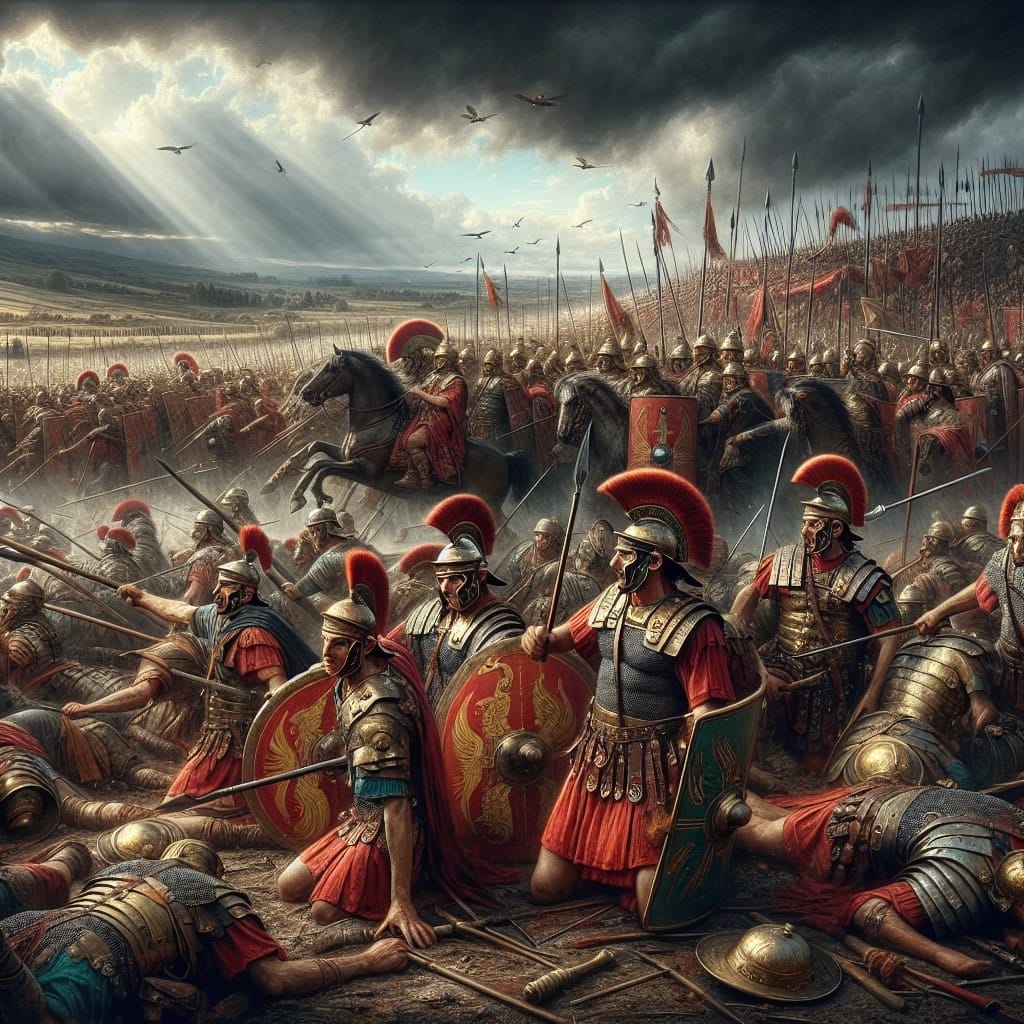
In the east, Trajan turned his attention to the Parthian Empire, a long-standing rival of Rome. His campaigns in this region not only showcased his military prowess but also highlighted his strategic ambition. “Trajan’s conquest of Mesopotamia marked a pivotal point in Roman expansion, enhancing Rome’s strategic depth in the east,” notes a historical source, underscoring the importance of these campaigns.
Despite the immediate territorial gains, these expansions had significant long-term implications. The rapid growth of the empire stretched its resources thin, leading to vulnerabilities in other parts of the Roman territory. Trajan’s conquests, while impressive, served as a testament to the complexities of maintaining a vast empire.
Campaigns in Dacia
The Dacian Wars, pivotal in expanding the Roman Empire under Emperor Trajan, consisted of two major campaigns. The First Dacian War (101-102 CE) began with Trajan’s strategic advance from Viminacium across the Danube River. Key victories, such as the Second Battle of Tapae, marked this phase, although Trajan initially refrained from seizing the Dacian capital, Sarmizegetusa, leading to a temporary truce.
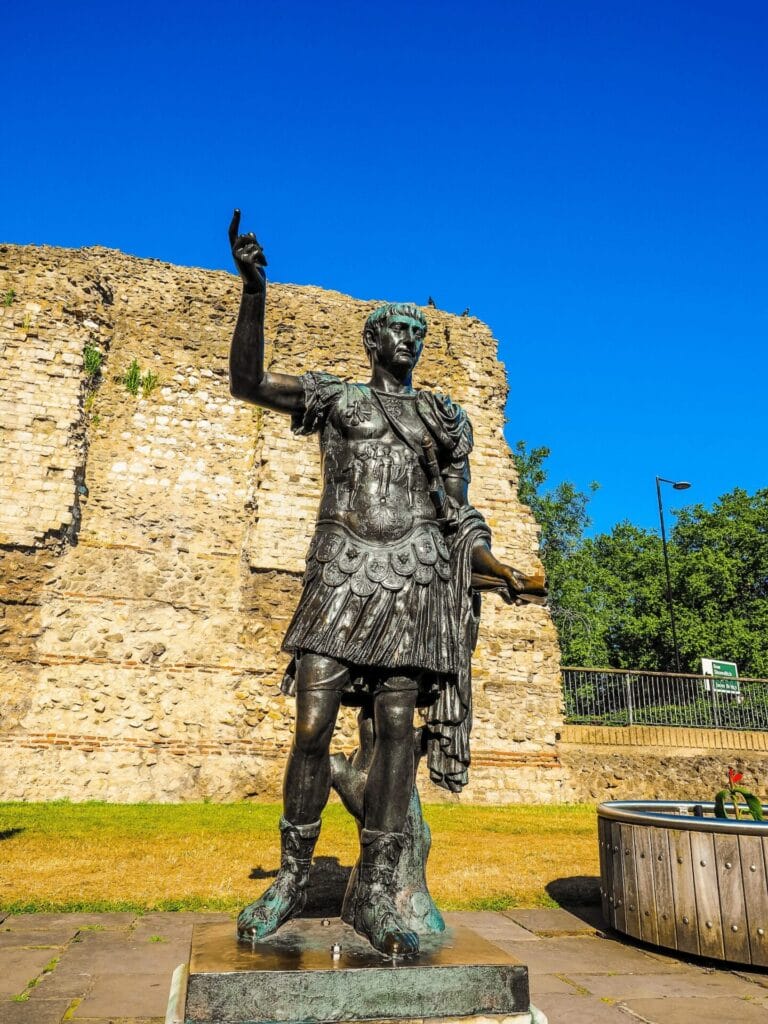
The Second Dacian War (105-106 CE) reignited hostilities following Decebalus’s aggression. Trajan’s construction of a bridge at Drobeta exemplified his strategic acumen, allowing Roman forces to swiftly penetrate Dacian territory. The siege and fall of Sarmizegetusa culminated in Decebalus’s suicide, effectively ending Dacian resistance and securing the region for Rome.
This conquest significantly bolstered Roman territorial reach, integrating Dacia as a province and unlocking its rich mineral wealth to the Roman economy, estimated at 700 million denarii annually. The wars also cemented Roman cultural and political influence in the area, demonstrating the enduring impact of Trajan’s military strategies and engineering prowess on the empire’s expansion.
Administrative Reforms
Emperor Trajan’s reign from 98 to 117 AD marked a period of significant administrative innovation within the Roman Empire. His approach to governance emphasized both social welfare and systemic improvements, laying a foundation for enduring stability and prosperity.
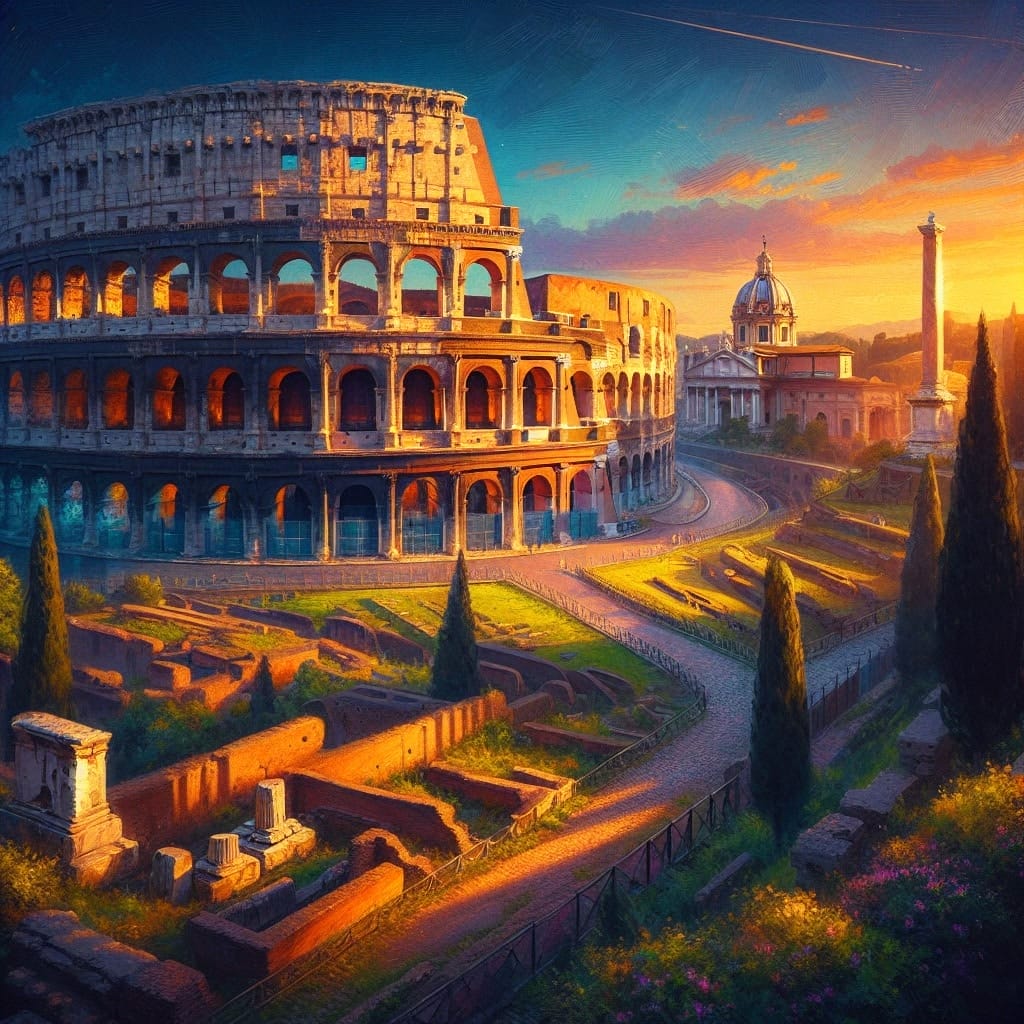
One of Trajan’s noteworthy initiatives was the alimenta, a welfare program designed to aid orphans and impoverished children in Italy. This initiative underscored his commitment to social welfare and set a precedent for future emperors.
In addition, Trajan implemented critical legal reforms to enhance justice administration, ensuring a more efficient and equitable legal system across the empire. His meticulous management of provincial administration further integrated various regions, ensuring cohesive governance throughout the vast territories.
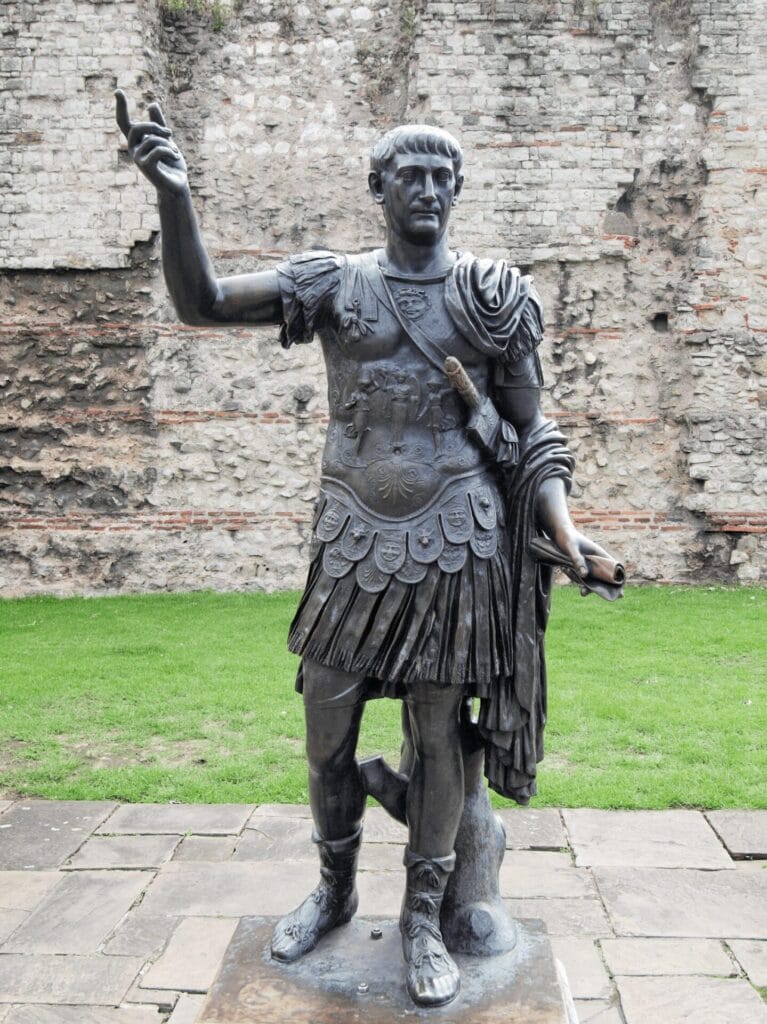
Trajan’s infrastructure projects significantly improved the empire’s connectivity and efficiency, facilitating trade and military operations. Key projects included:
- Trajan’s Column: A monumental structure commemorating his Dacian campaigns.
- Extensive construction of roads, bridges, and aqueducts, crucial for transportation and communication.
These reforms not only advanced the Roman Empire during Trajan’s rule but also established standards for governance that influenced subsequent administrations.
Economic Policies
Emperor Trajan’s reign was marked by transformative economic strategies that significantly influenced the prosperity of the Roman Empire. Utilizing wealth from his military campaigns, Trajan invested heavily in public works, notably enhancing urban economies in Italian cities, including Rome. This investment fostered economic growth and encouraged the landed aristocracy to engage with urban life.
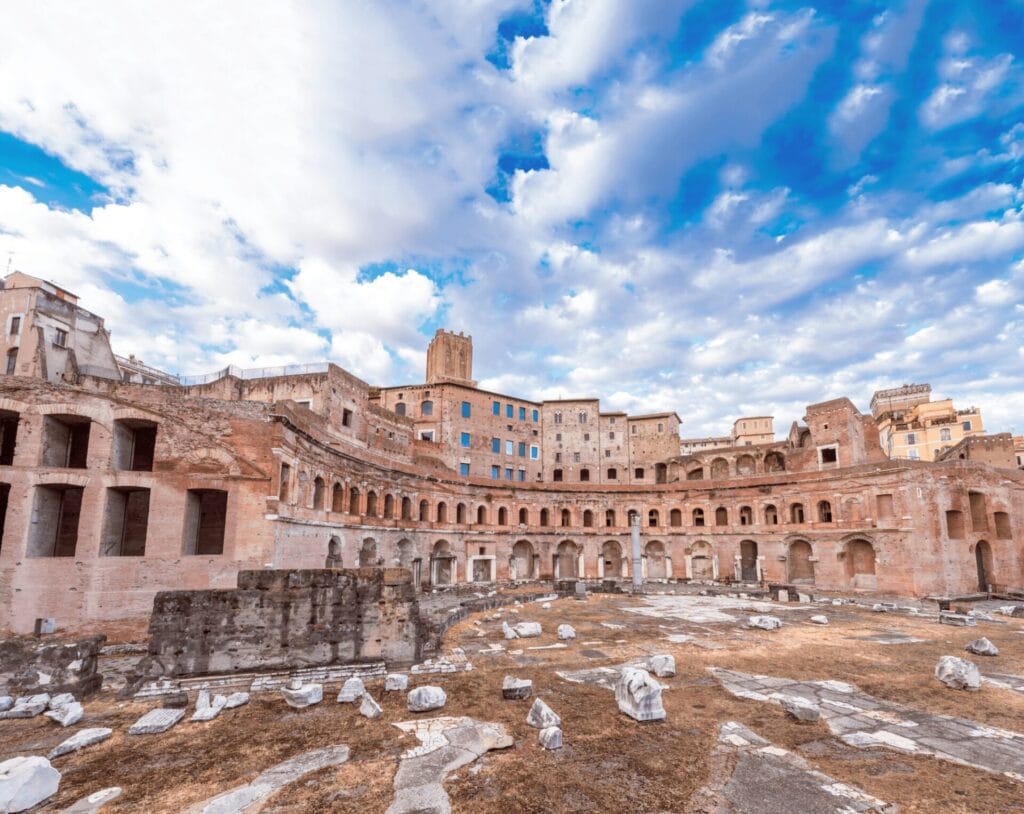
He also implemented the alimenta program, a welfare initiative aimed at improving the lives of poorer Italians, which contributed to a more stable society. Furthermore, Trajan’s policies of tax reduction and generous donations strengthened local economies, providing a much-needed boost following the civil wars.
While these initiatives led to immediate economic benefits, such as a thriving urban economy and increased revenues from newly acquired provinces like Dacia, they also posed long-term challenges. The financial burden of maintaining these new territories and the associated military expenditures eventually strained the Empire’s resources, setting the stage for future vulnerabilities.
Cultural Contributions
Emperor Trajan’s reign is often celebrated not only for its military successes but also for its profound patronage of arts and culture. Trajan invested significantly in cultural projects, fostering an environment where Roman art and architecture could flourish. His support for such endeavors was evident in the construction of the magnificent Trajan’s Forum and Market, which served as both a commercial hub and a cultural landmark in Rome.
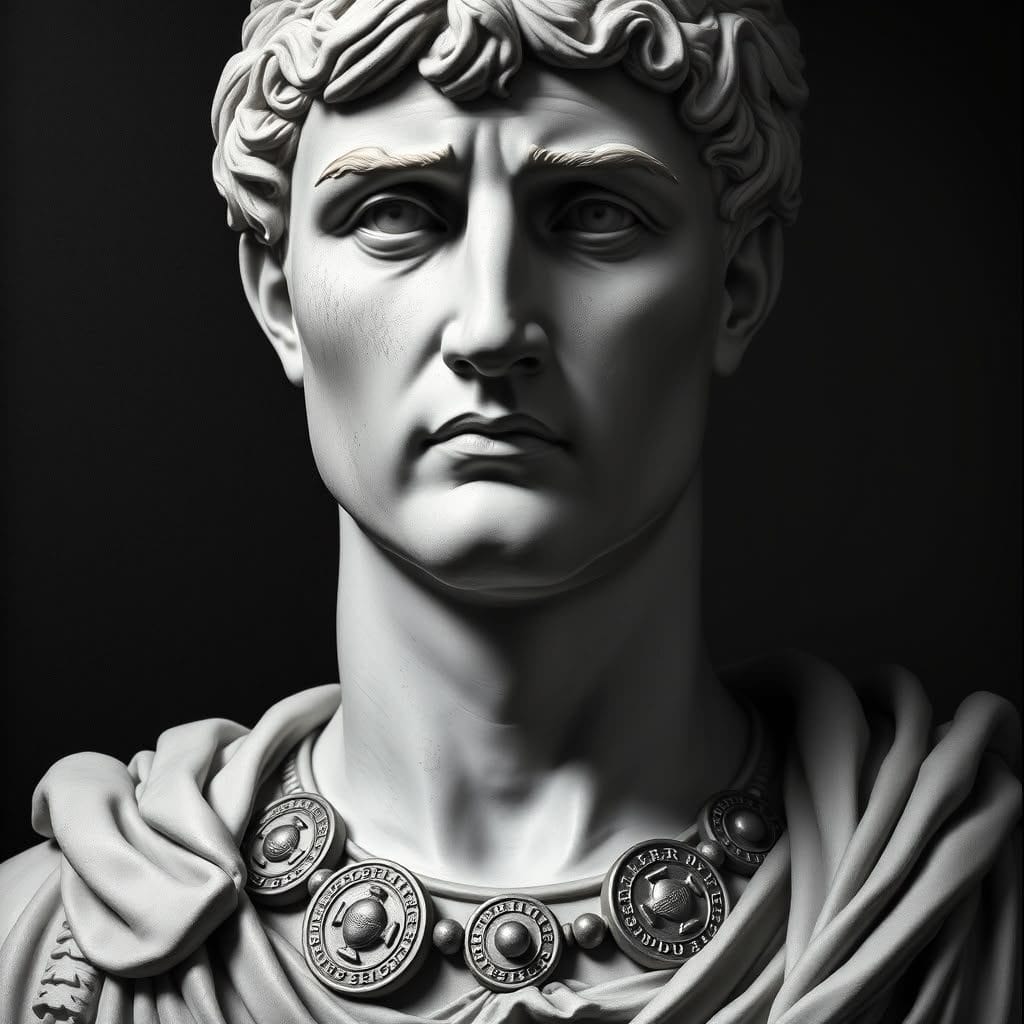
Through these projects, Trajan’s era marked a renaissance in Roman architectural innovation and artistic expression. “Trajan’s cultural initiatives were instrumental in defining the grandeur of Roman public spaces,” highlighting his impact on the artistic landscape of the Empire.
Moreover, Trajan’s contributions extended beyond architecture. He encouraged literary and intellectual pursuits, which enriched Roman society and ensured the preservation and propagation of Roman culture. This cultural patronage reinforced the strength of Roman identity, leaving a lasting legacy that continued to influence subsequent generations.
Legacy of Trajan
Emperor Trajan is celebrated as one of Rome’s most illustrious rulers, remembered for his expansive military conquests and profound civic contributions. His reign marked the peak of Roman grandeur, as he skillfully combined military prowess with civic responsibility. Trajan’s enduring reputation is cemented by his ability to extend Roman influence while fostering prosperity and ensuring the welfare of his citizens.

In comparison to other emperors, Trajan, known as ‘Optimus Princeps,’ was lauded for his moderate rule and engagement with the Senate and military. Unlike Domitian, who governed through fear, Trajan earned respect through humility and integrity. He stood apart from Augustus, who focused on moral authority and family values, by transforming senatorial provinces into imperial ones, thus addressing local governance more directly.
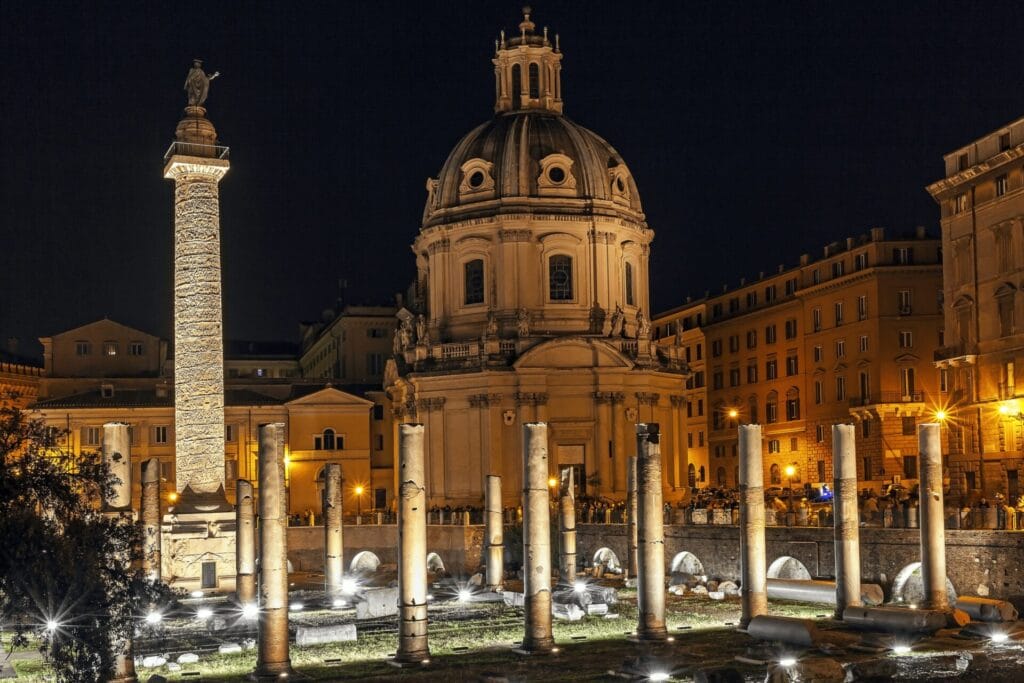
| Emperor | Key Characteristics | Legacy |
|---|---|---|
| Trajan | Military conquests, civic projects | Expansion and prosperity |
| Augustus | Moral restoration, family values | Foundation of the Roman Empire |
| Domitian | Rule through fear | Short-lived reforms |
Modern Perceptions
In contemporary scholarship, Trajan is often hailed as one of Rome’s greatest emperors, a title earned through his visionary leadership and the prosperity he brought to the empire. Historians continue to regard his reign as the pinnacle of Roman grandeur, characterized by military success and a commitment to civic welfare. These qualities have been immortalized in various cultural references, ranging from literature to modern media.
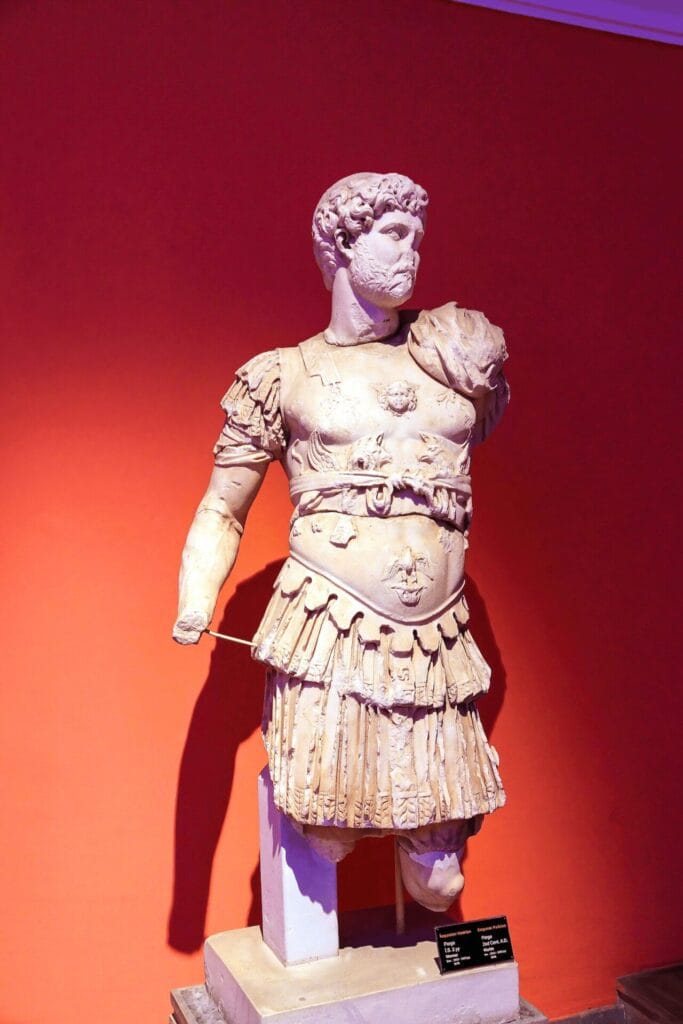
Trajan’s campaigns, particularly the Dacian Wars, often feature in historical fiction and documentaries, emphasizing his strategic brilliance. His architectural and infrastructural achievements, such as Trajan’s Column, serve as enduring symbols of his legacy and are frequently depicted in visual arts.
However, historical perspectives on Trajan can vary. Some scholars focus on his military accomplishments and territorial expansion, while others highlight his social welfare initiatives and administrative reforms. This diversity in viewpoints underscores the multifaceted nature of Trajan’s rule, reflecting his impact on both military and civic fronts.
Overall, Trajan remains an influential figure in modern discussions about imperial leadership, celebrated for his balanced approach to governance and enduring contributions to Roman society.
Conclusion
Emperor Trajan stands as a paragon of Roman leadership, known for his exceptional military conquests and extensive civic contributions. His reign, marked by the successful Dacian Wars, expanded the empire to its greatest territorial limits, while his social welfare initiatives and public works projects underscored his commitment to the well-being of Roman citizens.
Through a blend of military acumen and civic responsibility, Trajan’s influence transcended his time, setting standards for future emperors. His ability to engage with diverse facets of Roman society, from the Senate to the common people, reinforced his lasting legacy as a ruler who balanced power with humility.
Thus, Trajan’s era remains a defining chapter in Roman history, emblematic of prosperity and visionary governance, and continues to be a benchmark for imperial leadership.

References
To gain a deeper understanding of Emperor Trajan and his impact on Roman history, the following sources provide invaluable insights:
- History Cooperative’s article on Marcus Ulpius Trajanus offers a comprehensive overview of Trajan’s military achievements, public works, and social welfare initiatives, highlighting his role in extending Roman influence.
- Edubirdie’s comparative analysis between Trajan and Augustus provides context on Trajan’s leadership style and his relationship with the Senate and military.
For further exploration, consider delving into these resources to examine the nuances of Trajan’s governance and his enduring legacy as one of Rome’s most revered emperors.
Frequently Asked Questions
What were the key achievements of Trajan’s rule?
Trajan is celebrated for his military conquests, particularly the Dacian Wars, which extended the Roman Empire to its greatest territorial extent. He also implemented significant public works, such as roads and aqueducts, and established social welfare programs like the alimenta to support the poor.
How did Trajan’s leadership style differ from other emperors?
Unlike his predecessor Domitian, Trajan ruled with moderation and respect, actively engaging with the Senate and the military. His approachable demeanor set him apart, as he often participated in military campaigns alongside his soldiers, fostering a sense of solidarity and respect.
Is it true that Trajan’s reign marked the peak of Roman prosperity?
Indeed, historians regard Trajan’s reign as the zenith of Roman grandeur, characterized by prosperity and expansion. His visionary leadership and civic projects significantly enhanced the empire’s connectivity and economic infrastructure.
What are some common misconceptions about Trajan?
A popular myth is that Trajan ruled solely as a military conqueror. However, he skillfully blended military leadership with civic responsibility, earning a revered place in Roman history for his balanced approach to governance.

